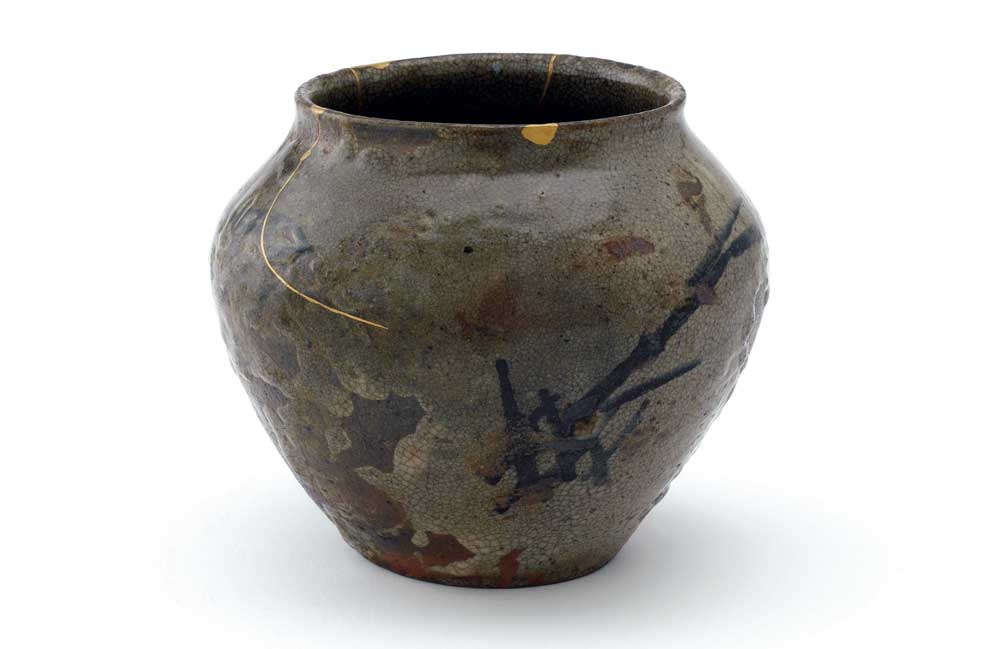Chadō | History Today - 2 minutes read

Few things are more quintessentially Japanese than the traditional tea ceremony or chadō, meaning ‘the way of tea’. It is a cultural experience that has been considered representative of the essential spirit of Japan, kami.
While kami is commonly applied to anthropomorphised Shinto deities representing natural phenomena such as wind, water, thunder and even a successful harvest, its essence lies in the animistic or animated spirit of nature itself, fundamental to understanding the balance, purity and tranquillity that are central aspects of chadō. Also integral are the Japanese aesthetics of beauty, including the ephemerality of the natural world and its imperfections, known as wabi-sabi. This can be appreciated in the tea ceremony implements, which include a fresh-water carrier, tea caddy, kettle, whisk and the bowls in which the tea is served.
The late curator of Japanese ceramics at the Ashmolean Museum in Oxford, Oliver Impey, argued that from the mid-16th century the development of traditional Japanese pottery was profoundly influenced by the tea ceremony as it evolved from a simple practice into a more codified ritual, in which aesthetic appreciation of the pottery used became increasingly important. The teachings of the early tea masters Takeno Jōō (1502-55) and Sen no Rikyū (1522-91), who was also a Zen monk, were central to this development.
The mizusashi or fresh-water carrier shown here dates from the late 16th or early 17th century and was made at Karatsu in the Saga Prefecture, on the southern island of Kyushu. That the mizusashi has been repaired is part of its aesthetic appeal. The curved gold line on the vessel’s body and the patch of gold around its rim were created by a technique known as kintsugi or ‘golden repair’, in which lacquer made from sap from the Toxicodendron vernicifluum tree is mixed with gold dust and applied to damaged areas. The repair of tea ceremony implements was advocated by Sen no Rikyū, who argued that this should be valued as an integral part of their history. Rikyū also wrote:
When you hear the splash
Of the water drops that fall
Into the stone bowl
You will feel that all the dust
Of your mind is washed away.
Source: History Today Feed